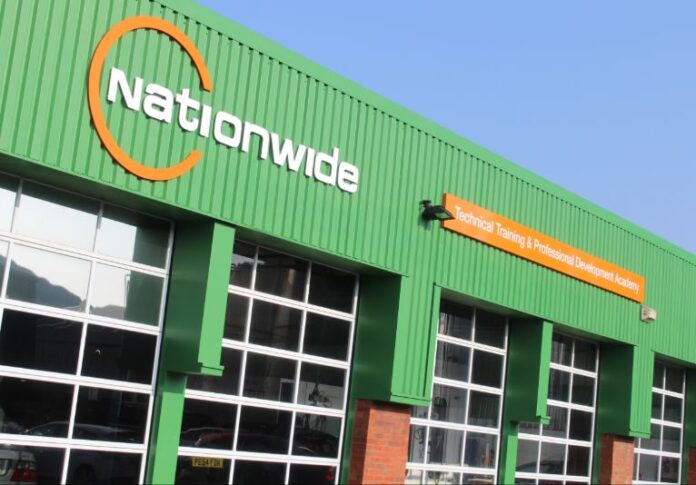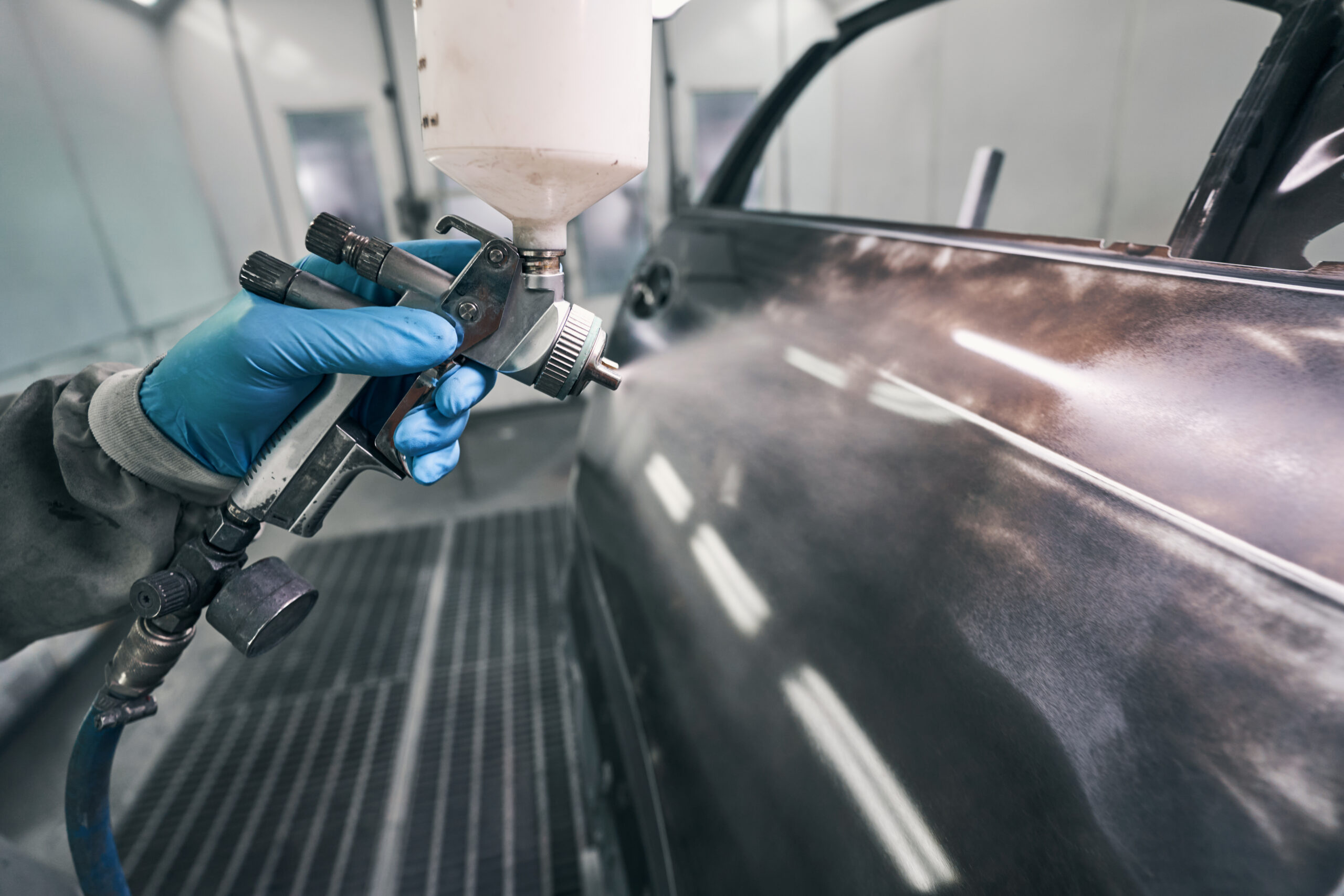In the UK we have a situation where a vehicle can be registered, but must have an annual tax paid and be insured as well be taxed in order to use it. The model in its current form goes back to the 1960s, where significant insurer malpractice led to HM Government telling motor insurance companies; two choices –
- Put in place governance or
- HM Government would put law in place.
The insurers decided self-regulation was preferable, so formed ABI to cover policy development and in 1969, founded what would become Thatcham to help control parts costs. Back then most vehicle owners bought cars outright, or bought them with a bank loan secured with a healthy deposit and backed by an asset (a home, for example) or a guarantor.
Fast forward.
Today most of the vehicles on UK roads carry finance ranging from lease contracts, through loans to pure monthly rental. Add to this financial insurance, especially ‘gap’ insurance. The whole financial deal is based on a new vehicle price and a predicted end of term price. In any event the vehicle must be insured to cover third party liability, and usually the lender / financier demands fully comprehensive cover. All insurance is paid for by the vehicle user, except for fleet where a company normally pays the bill.
The issue:
- A growing percentage of deals do not require anything more than a few months of instalment as a deposit, and may not even have any form of security.
- The new car price inflation has been exceptional, which has exceeded almost all other commodities, although this does reflect the push to lower tail pipe emissions, better safety as well as ever improving connectivity.
- Second hand car price inflation rocketed during the pandemic due to major new car supply disruption, and too much ‘stay at home’ cash paid by HM Government (ie, they paid out our own money). That bubble has burst.
The result is vehicle valuations are all over the place, meaning a person with a 3-year agreement went into it in good faith but will find the gap insurance covers only part of the difference between predicted and actual value.
That’s not all.
The uncertainty around some vehicles – battery electric vehicles for example, have gone from relatively slow depreciation to 50 per cent depreciation after the first year, a trend that happened in the last 6 months – has caused gap insurers to refuse business. There is a growing patch of clear blue sky between income / affordability and vehicle pricing.
That encourages those who need a vehicle, but need to trim expenditure, to drive without insurance. There is a ‘pot’ which all insured pay into to cover uninsured loss, but it was not designed to a major back stop.
The claim
Against this back ground, motor insurers have not really changed their approach at all. Once a vehicle is damaged, the UK protocol from the ABI and law is to restore the vehicle back to pre-accident condition.
Pivotal to this is the value of the vehicle at the time of impact.
More and more people are finding that:
- The insurer offers a valuation
- That valuation is significantly below the level the finance is based on
- If the vehicle is written off, settlement is based on the offer
- The owner is left with the balance of finance to pay off because the gap insurance may not cover the loss of value
- They certainly cannot buy like for like with the proceeds.
The problem is compounded by cost of parts, labour and paint for repair. These have risen at rates above prevailing inflation. An insurer will write off a vehicle at anywhere from 30 to 50 per cent of their valuation at point of claim. In other words, even if the vehicle is repairable, all too often it is disposed of and a cash payment is made to the claimant.
This is not good for customers, repairers or motor insurers. This is applying short termism to the detriment of business longevity.
As you can see the motor insurers are part of but not the whole of the problem.
What the public see
The whole process is so routine members of the public may feel they have been swept along in a flooded river. Every single member of the process claims the customer is at the core of their operation, but the reality does not bear this out. It usually runs like this:
- Initiate the claim, on-line or with a phone call.
- If the accident was caused by somebody else, nothing is too much trouble. If the accident was caused by the claimant, everything is challenged.
- The vehicle will be assessed. More often than not this is done by images in a remote location, or by checking the inspection / estimate done by a bodyshop. There are still too many errors made at this stage, usually by rejection of valid advice due to cost.
- The calculation is done. The owner is told if the car is a write off or not.
- If it is a write off, the owner can buy the vehicle back if it is repairable, using part of the cash settlement.
- If the insurer agrees to repair the vehicle, it is sent to a repairer approved by them – which is not always a repairer the vehicle owner wants to use.
All the way through the customer is the insurance company itself, rather than the insured. Further, the above steps can take weeks to happen during which the policy holder is usually without transport. There are vague promises of recoverable costs, but most people understand they spend at risk.
Enter the accident management company
These companies work for policy holders who have been hit by another vehicle (not at fault). They go through exactly the same steps, but because they are able to charge the whole service package to the insurance company, things happen in hours – not weeks. Insurers complain bitterly that this adds cost to the whole process, but the process for the policy holder is so painful they could not care less.
Further, none of the motor insurers or accident management companies can address the elephant in the room – the gap between the agreed value and the value on which the entire claims process is based on.
The way accident management companies work is much closer to the way the public think it should work, with rapid precise response. Accident management companies and insurers know the debate of who owes what continues long after the claim is settled.
Lessons learnt?
In short, no.
Everyone sees the problem, yet few see the real customer.
The growing crisis in vehicle valuation and the effect of pared back damage evaluation is leading to more customers being short changed, and a building problem of sub-standard repaired vehicles which have by-passed collision repairers.
The amount of money involved is astounding, and that means from banks to insurers and even Government, all are wary of change. However, the present system is not working well, seems incapable of being altered meaningfully, and surely needs to change.
Step 1 is to value a vehicle by number of hours used as well as service records.
Step 2 is to recognise the owner of the vehicle is the customer, and many of the processes need to have customer input – or at least offer the opportunity for input.
Both steps are painful, and both need planning before action. These are essential for a revitalised robust repair sector which does not seek to throw the car away at the very first opportunity. The alternative is the insurance sector will consume its own market, and disappear.




